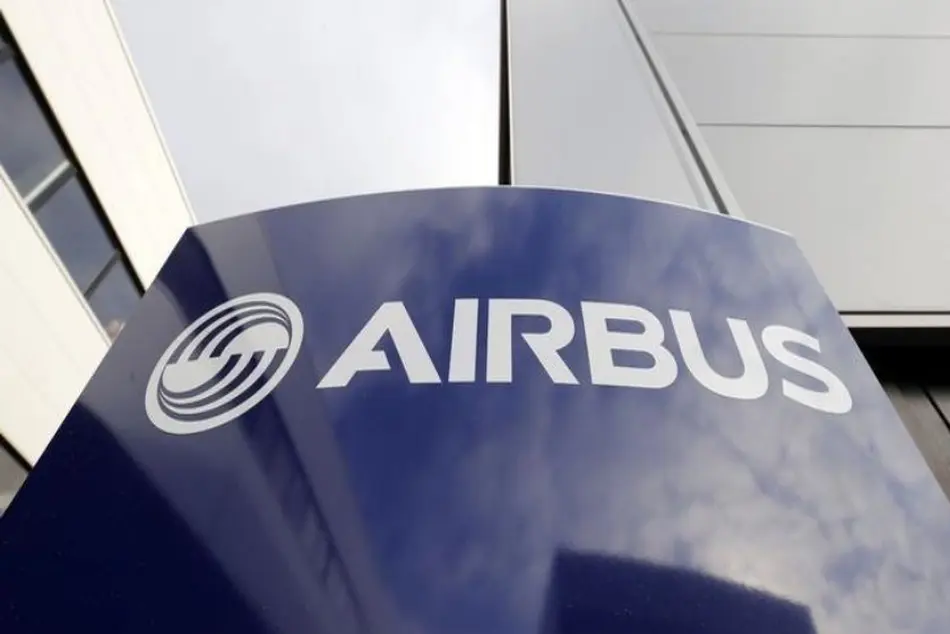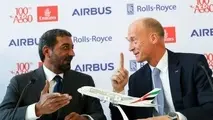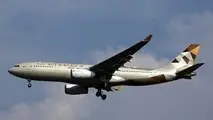Airbus Reports Nine-Month 2017 Results

“The strong backlog and a healthy market environment continue to support our commercial aircraft production ramp-up plans,” said Airbus Chief Executive Officer Tom Enders. “We confirm our outlook even though this year’s delivery schedule is extremely back-loaded, largely due to the well-known engine problems plaguing our A320neo Family.”
Order intake totalled € 50.8 billion (9m 2016: € 73.2 billion) with the order book valued at € 945 billion as of 30 September 2017 (year-end 2016: € 1,060 billion). A total of 271 net commercial aircraft orders were received (9m 2016: 380 aircraft), with the order backlog comprising 6,691 aircraft at the end of September. Net helicopter orders totalled 210 units (9m 2016: 211 units), including 14 H175s in the third quarter. At Defence and Space, the good order momentum continued in Military Aircraft with five A330 MRTTs booked in total for Germany and Norway in the third quarter. The overall order intake at the division was impacted by perimeter changes from portfolio reshaping and the slow telecommunications satellite market.
Revenues were stable at € 43.0 billion (9m 2016: € 42.7 billion) despite the perimeter changes at Defence and Space and were higher on a comparable basis. Commercial Aircraft revenues rose four percent with deliveries of 454(2) aircraft (9m 2016: 462 aircraft) comprising 350 A320 Family, 50 A350 XWBs, 45 A330s and nine A380s. Helicopters’ revenues were slightly higher with deliveries of 266 units (9m 2016: 258 units). Revenues at Defence and Space reflected the negative impact of around € 1.4 billion from the perimeter changes.
EBIT Adjusted – an alternative performance measure and key indicator capturing the underlying business margin by excluding material charges or profits caused by movements in provisions related to programmes, restructuring or foreign exchange impacts as well as capital gains/losses from the disposal and acquisition of businesses – totalled € 1,796 million (9m 2016: € 2,408 million).
Commercial Aircraft’s EBIT Adjusted of € 1,545 million (9m 2016: € 1,836 million) reflected the aircraft delivery mix and phasing as well as transition pricing.
The industrial ramp up on the A350 continues to make good progress, with the programme well on track to meet the monthly production target rate of 10 aircraft by the end of 2018. Progress was also made on A350 recurring cost convergence. An agreement was signed with Qatar Airways following the cancellation of four A350 delivery slots to continue to take delivery of four associated finished aircraft by year-end. On the A320neo programme, 90 aircraft were delivered to 19 customers. The A320neo ramp-up remains challenging with the delivery profile very much loaded into the fourth quarter. Priority is being given to engine deliveries to customers to be used for spares, as agreed with the engine manufacturers. At the beginning of 2017, around 200 A320neo deliveries were targeted for the full year. Due to engine availability issues and allocation between the OEM and spare pools, A320neo deliveries are now expected to be slightly below that target. The A330neo programme reached an important milestone in October with the successful maiden flight.
Helicopters’ EBIT Adjusted declined to € 165 million (9m 2016: € 200 million), reflecting the unfavourable mix mainly from lower commercial flight hours in services and the impact associated with the past grounding of the H225. This was partially mitigated by the division’s transformation efforts. Airbus continues to work with its customers on bringing the civil H225 fleet back into full operation.
Defence and Space’s EBIT Adjusted was € 357 million (9m 2016: € 436 million), reflecting the perimeter change and was broadly stable on a comparable basis.
Twelve A400Ms were delivered compared to 11 aircraft in the first nine months of 2016. The operational and commercial assumptions that were retained in 2016 remain the management’s best current assessment. However, in the meantime, production levels were adjusted to absorb inventory with delivery schedules still in discussion with customers. Development activities continued toward achieving the revised capability roadmap. However, achievement of the contractual technical capabilities and associated costs remain highly challenging. There are also challenges remaining on securing sufficient export orders in time, on cost reductions, industrial efficiency and commercial exposure, which could all impact the programme significantly. Discussions to de-risk the A400M programme are ongoing with the Nations and OCCAR.



